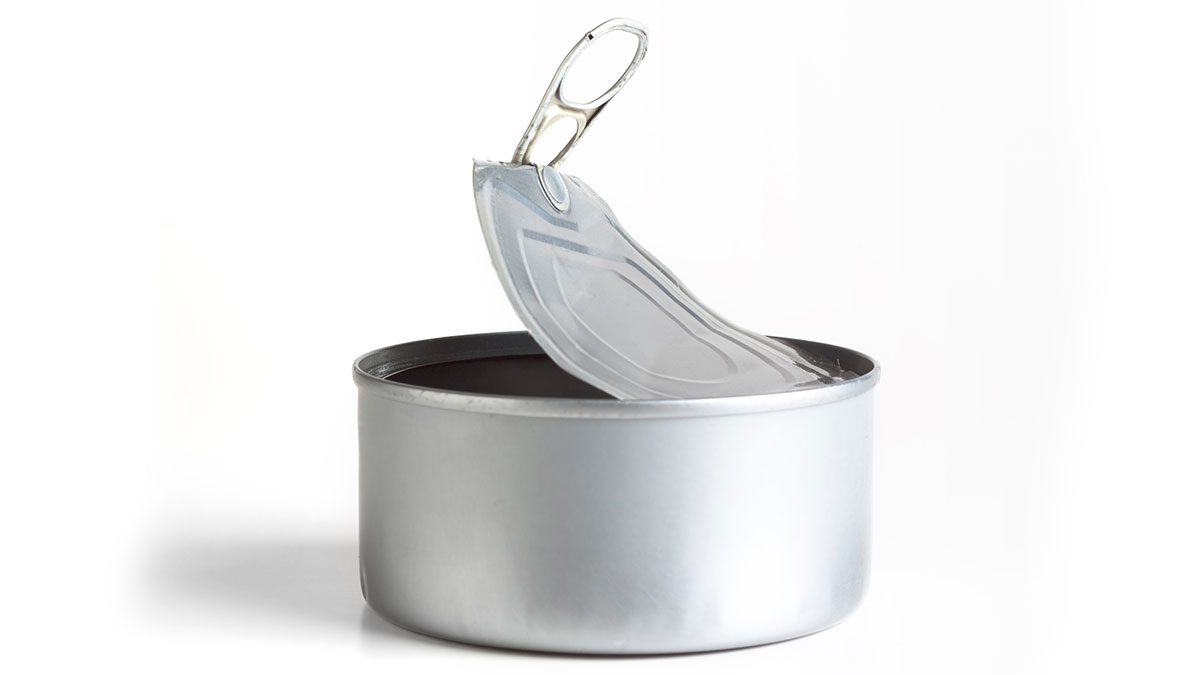Barry Fitzgerald: Tin miner to re-open Tassie mine for the third time

Tin's the thing ... Elementos is planning to reopen a Tassie tin mine. Picture: Getty
ASX minnow Elementos plans to bring a Tassie tin mine out of retirement for the third time, writes Barry FitzGerald in his Garimpeiro column.
Investment fashions are continually changing. It is a situation highlighted neatly in the following Aussie campfire ditty, sung with gusto by well-to-do types back in the day.
We’ve shares in the very best companies;
In tramways, tobacco and tin;
In brothels in Rio ‘Janeiro;
By god how the money rolls in.
Tramway stocks are no longer available, and tobacco is no longer considered an ethical investment, which is doubly so for the Brazilian suggestion.
That leaves tin.
When the cartel that tried to control prices for the metal, the International Tin Council (ITC), collapsed 32 years ago, investment in tin looked to be going the same way as tramways and tobacco, and investment in Brazilian brothels.
But the metal has been working its way back in to favour in recent years. Steady growth in traditional uses (solder, tinplate, chemicals and glass) has been joined by new growth areas (lithium-ion batteries and the supercapacitors being designed now to replace them).
Throw in tighter environmental controls on the big Indonesian industry, and the passing of peak production from Myanmar which had quickly become a new major supply source, and questions are being asked about the likely price impact of the growing mine supply shortage at a time of sharply lower global stockpiles.
Tin averaged $US16,070 a tonne in 2015. It then rose to $US18,006 a tonne in 2016, and it has since gone on to $US20,675 a tonne (averaging $US20,005 for the year-to-date).
The bunch of ASX-listed junior stocks that have long made tin their focus could not be happier.
That is particularly so when price forecasts by some big name analysts suggest conditions are right for tin to head higher this year and next.
Today’s interest is in Tassie tin hopeful Elementos (ASX:ELT) which has been trading at a princely price of 0.8c a share for a market capitalisation of $9 million.
Elementos owns the historic Cleveland tin mine near Waratah in north-west Tasmania, a region with a long tin (and copper and tungsten) production history.
Cleveland was first mined between 1908 and 1917. It had a second coming between 1968 and 1986 when it was mined by the since gone Aberfoyle.
The collapse in tin prices caused by the folding of the ITC killed off the second coming, as well as the town built to service the operation, the modern day ghost town of Luina.
During the Aberfoyle era, Cleveland produced 24,000 tonnes of tin (in concentrates) and 10,000 tonnes of copper (in concentrates). If that was still sitting on the surface today, it would have a combined value of about $725 million — of which 88 per cent would be represented by tin, such is the metal’s high value per unit.
Elementos is out to bring Cleveland back in to production for a third time, possibly as earlier as 2019.
Its plan recently received the backing of another ASX-listed company, Jervois Mining (ASX:JRV), which pumped $480,000 in to the company.
The investment by Jervois was part of a broader $2 million equity raising by Elementos to give its Cleveland restart ambitions a move along.
The upside to Cleveland stopping the production in response to the 1985 collapse of the ITC (it ran out of funds to prop up prices by buying tin) is that one of the biggest tin resources in the country was left behind — some 54,840 tonnes across tailings, open-cut and underground ore positions.
Elementos recently started an exploration program at Cleveland with the aim of increasing the open-cut ore position (800,000 tonnes grading 0.81 per cent tin and 0.27 per cent copper).
Success in the program will de-risk the return of Cleveland as a long-term tin producer , with tailings retreatment and underground possible in later years.
Using modern-day exploration techniques, Elementos has identified new exploration targets along strike from and to the north of the historical Cleveland operations.
Results from the 16-hole program will be keenly watched.
This article does not constitute financial product advice. You should consider obtaining independent advice before making any financial decisions.
UNLOCK INSIGHTS
Discover the untold stories of emerging ASX stocks.
Daily news and expert analysis, it's free to subscribe.
By proceeding, you confirm you understand that we handle personal information in accordance with our Privacy Policy.








